Essential Strategies for Balancing Work and Life in Construction
Editorial Note: This article was brought to you courtesy of Rose Morrison, managing editor of ...
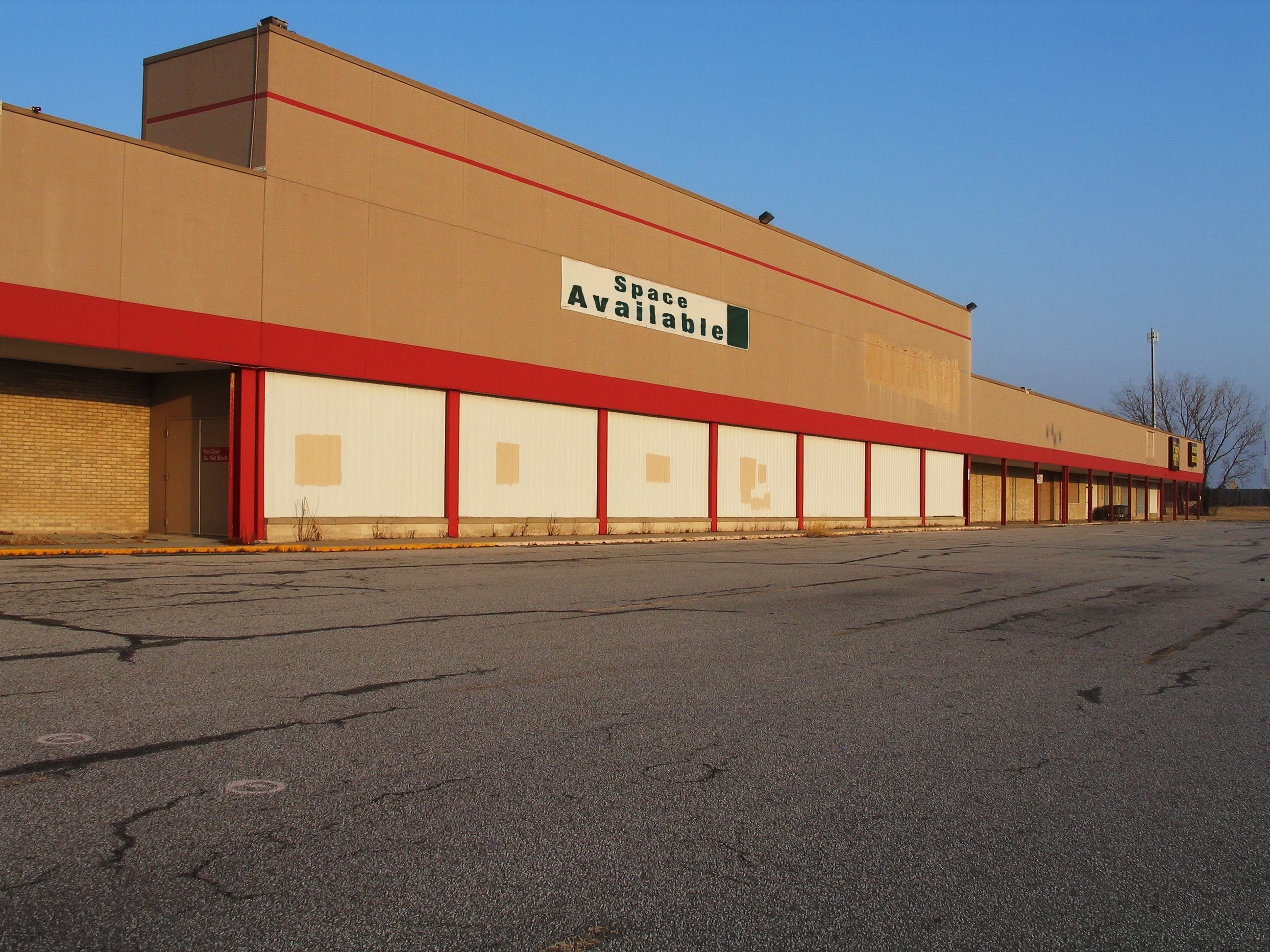
Go for a drive in any direction. It won’t be long before you see it: an abandoned home, a shuttered business, or the ruin of a derelict warehouse or manufacturing plant. For some of us, it’s not just a solitary structure, but entire neighborhoods and commercial zones, moldering empty and unused among weed choked sidewalks just around the corner. These advanced cases of urban decay exemplify what housing writer Allan Mallach calls “hypervacancy”: places like Detroit or Cleveland where boarded-up windows and hollowed out shells aren’t exceptions but defining features of the landscape.
One impulse is to tear it all down, wipe the slate clean, and erect shiny new structures in the dust of the old ones. This approach, while understandable, overlooks an equally exciting and vastly more sustainable alternative: that we can resurrect abandoned buildings and revitalize blighted areas in service of the public good.
This article will discuss the causes of vacancy, outline the argument for renovation and adaptive reuse, and explore some of the creative second lives that people have given to the abandoned structures in their communities.
There are about 16.8 million abandoned buildings in the United States, according to the US Census Bureau. You might be wondering how something like this could happen in one of the wealthiest nations on Earth. There are a lot of reasons why buildings end up abandoned. Sometimes it’s something mundane: a poorly run business goes under, a former occupant passes away, or an old haunt simply falls out of use. Many causes of vacancy, however, can be traced back to some form of destabilization; basically, anything that shakes up the world and people’s lives in unpredictable ways. Whether it’s an acute event that occurs on the local level or more widespread structural forces that unfold over longer periods of time, destabilization can have devastating effects that force businesses, institutions, and ordinary people alike to walk away from the buildings they once called home.
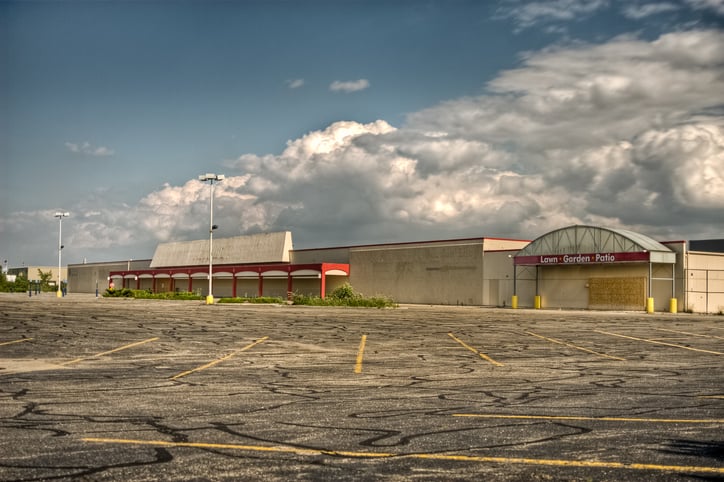
One example of an acute event (itself the result of deeper systemic failures) that led to a massive spike in vacancies was the 2008 financial crash, during which an estimated 10 million Americans lost their homes. To this day, 1 in 6 communities are still “economically distressed” and thousands of houses remain vacant as a result of the Great Recession. Another nation hit particularly hard by the crash was Spain, where entire ghost towns sprang up overnight. The COVID-19 pandemic has also had extreme negative impacts that have similarly proven longer lasting than many had hoped: Because of the pandemic, an estimated 200,000 businesses have permanently closed their doors and roughly 10% of American households are now in danger of eviction or foreclosure.
Then there’s climate change. Natural disasters like floods, heatwaves, wildfires, tornadoes, and hurricanes are already displacing millions of climate refugees all over the world, causing mass migrations that leave entire towns abandoned in their wake. Now we’re getting into more deeply ingrained structural forces that unfold over longer periods of time; whether it’s rampant income inequality; predatory lending; the gradual exodus from retail to online shopping; or the decline of the American industrial, automotive, and manufacturing sectors during the shift to a more globalized economy over the last several decades. All of these factors, both short and long term, are intertwined with one another and can lead to the emptying of buildings both big and small, residential and commercial, in even the most vibrant of communities.
Adaptive reuse refers to the practice of putting abandoned old structures back into use for some purpose other than what they were originally intended for with the express purpose of extending the building’s life; like, for instance, converting a church into a writing program for emerging young voices in a community. We’ll dive into more examples of adaptive reuse in a moment. For now, let’s take a closer look at why it’s a good idea.
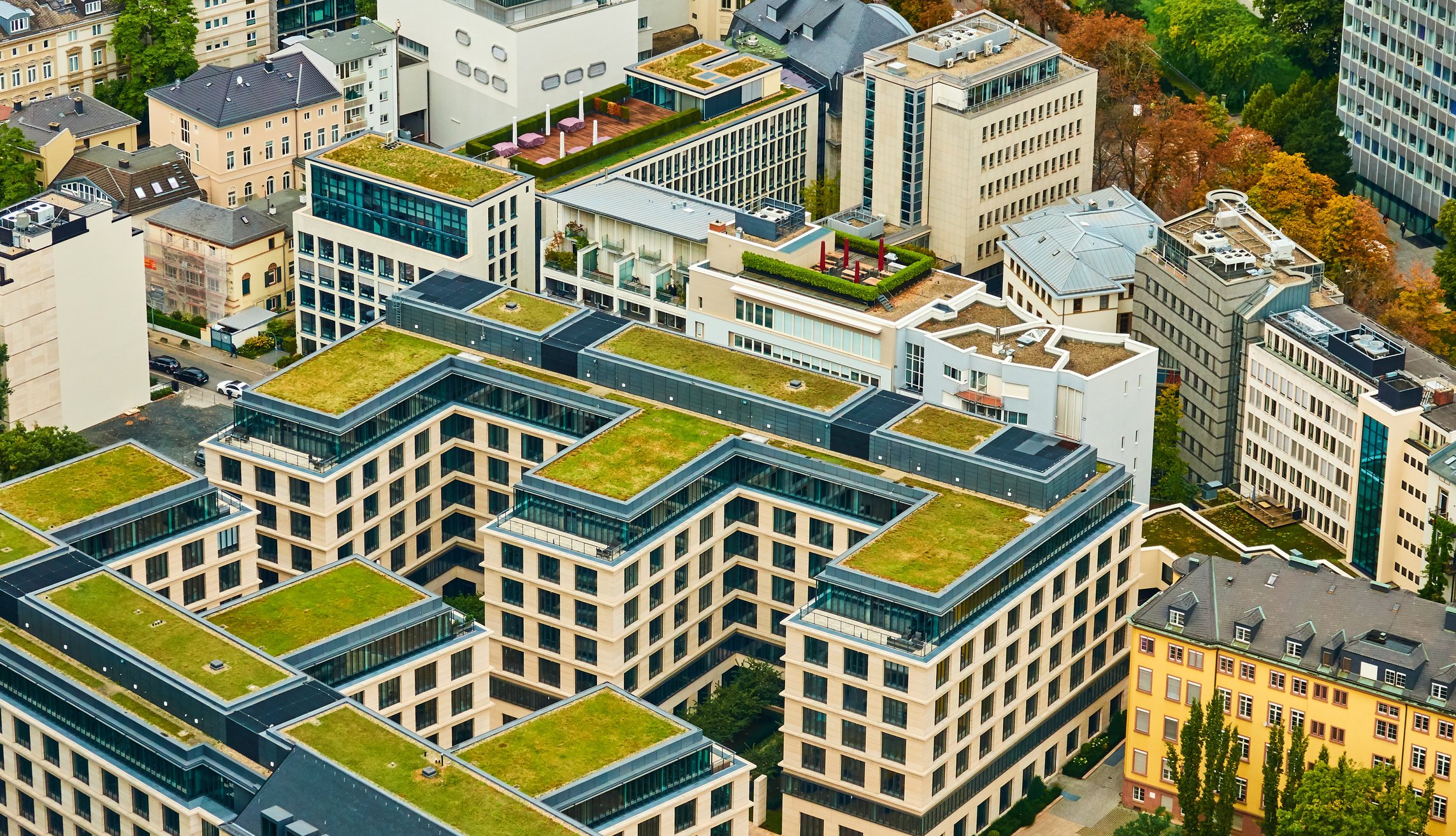
Most arguments for preservation focus on the historic, cultural, or architectural character of a structure. These are all important perspectives to keep in mind but the strongest argument in favor of renovation and adaptive reuse has to do with sustainability. Climate change is a direct and growing threat to all life on Earth. The plain, albeit disquieting truth, is that human activities are the primary cause. While the environmentally conscious actions of ordinary people have a part to play, they pale in comparison to the positive effect that governments and major industries could have if they chose to behave more sustainably. One of the biggest contributors to the problem is the construction industry, which currently generates nearly 40% of the globe’s annual carbon dioxide emissions. Of those emissions, 28% come from building operations while an additional 11% are generated by a combination of building materials and the construction process from start to finish. An admirable response to these disturbing figures is to adopt a more mindful and sustainable form of “green” construction: to model all new structures off eco-friendly building standards like LEED. This is an excellent start, but it only gets us halfway to where we need to be.
Carl Elefante, the former president of the American Institute of Architects, once said that “The greenest building is the one that is already built.” The short version of the argument goes a little something like this: It’s a lot more efficient and eco-friendly to renovate and reuse existing structures than to tear them down and replace them with new construction. The heightened sustainability profile of already existing structures increases all the more when eco-friendly HVAC and plumbing are installed and LEED certification pursued.
Plenty of research has been conducted in recent years that backs up this point of view, including a study published by the Preservation Green Lab at the National Trust for Historic Preservation entitled The Greenest Building: Quantifying the Environmental Value of Building Reuse.
Here’s just a couple of the eyebrow-raising datapoints contained within the report:
Adaptive reuse takes on a more urgent hue in this light. Even more so when one considers the costs of demolition. About 200,000 buildings are demolished in the US every year. In her book Building Reuse, author Kathryn Rogers Merlino succinctly puts the issue into perspective:
Every year, the United States demolishes 1 billion square feet of existing buildings and replaces them with new ones. The Brookings Institution estimates that in the decades between 2003 and 2020, the nation will demolish 300 billion to 427 billion square feet—nearly one-third of our entire building stock. When buildings are demolished, materials are typically either recycled or thrown out; a staggering amount goes into the trash. The result is that an estimated 43 percent of all construction and demolition waste in this country becomes landfill. According to the US Environmental Protection Agency, this amounts to 136 million tons of construction and demolition (C&D) waste added each year.
In other words, the overwhelming bulk of material leftover from the destruction of thousands of existing buildings–the concrete, the wood, the steel–is simply thrown away. Not salvaged. Not reclaimed. Trashed. The colossal scale of this waste takes on even more nightmarish dimensions when one recalls that all these wantonly discarded materials were fabricated via fossil fuel intensive processes. Producers of steel and concrete, for instance, each emit about 3 billion tons of CO2 per year, adding up to about 16% of annual global carbon emissions between the two of them.
“For those concerned with climate change and other environmental impacts,” concluded the authors of The Greenest Building study, “reusing an existing building and upgrading it to maximum efficiency is almost always the best option regardless of building type and climate.”
If they’re truly committed to a sustainable future, it’s clear that Architecture, Engineering, and Construction (AEC) industry leaders need to do more than erect greener buildings and smarter cities. Embracing more eco-friendly materials like green steel and concrete is one fruitful avenue. Reevaluating our relationship to the already built environment is another. Rather than shiny new facades on freshly demolished lots, we must strive to imagine what other thrilling possibilities might lie ahead for the vacant buildings on our block. Let’s take a look at a few of the exciting projects and proposals that are already out there in the wild:
It’s hard to define it, but you recognize a McMansion when you see one. These cheaply constructed yet palatial amalgamations of architecture have grown into icons of a bygone era of economic plenty. Signifying the meteoric rise and vertiginous fall of suburban life in America, the once hot demand for McMansions has cooled in recent years, in part due to the steep costs associated with heating and cooling these hulking habitats. In a 2017 interview with CNBC, financial planner Michael E. Chadwick of Unionville, Connecticut described these large single family dwellings as “an albatross for clients”, adding, “we’ve got several right now who have been trying to sell them and move south, and they’ve cut the asking price by over 30% each and they’re still not going anywhere fast.” The Great Recession didn’t help matters, as evidenced by an eerie development of abandoned McMansions looming ghostly and forlorn at the edge of the Ozarks in Missouri.
Seeing an opportunity for improvement, a group of Australian architects has proposed an intriguing method of transforming defunct McMansions into usable living spaces again. They call it the Offset House. The idea is to remove much of the exterior cladding and expose the wooden frames so as to completely reconfigure the architecture and orienting purpose of the McMansion. Once stripped down in this fashion, the interior of the dwelling could then be divided into townhouses or multi-family apartment complexes. Meanwhile, the now liberated wooden latticeworks could serve as fencing, outdoor verandas, or shared garden and recreation space, with the aim of reviving a sense of community in the suburbs. For now, the Offset House remains just a concept on paper, but the Aussies have proposed putting it into action in Kellyville, a suburban neighborhood of Sydney.
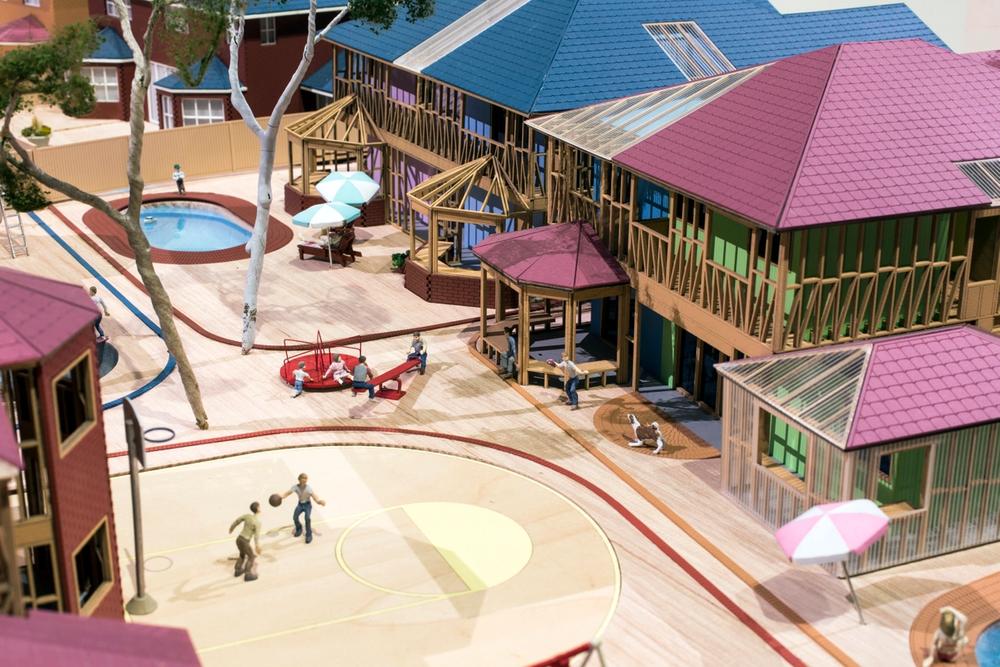
Pictured above: Concept Art of "The Offset House" by Other Architects of Australia
Alongside the McMansion, the shopping mall and the Big Box store have long stood as twin glittering monuments to American consumerism and prosperity. One recession, a pandemic, and a decades-long-exodus-to-online-shopping later, however, and things aren’t looking so good for the flying retail fortresses of old. About 25% of all shopping malls in the US–there are about 1,000 left–are expected to shut their doors in the next five years. Meanwhile, about 80,000 Big Box stores are expected to close for good by 2026. This has left many wondering: What will happen to them all once they’re gone?
Short of demolishing and developing the properties anew, there are lots of ideas bouncing around the halls of capital for how to reuse them, including converting their shells into logistics hubs or Amazon fulfilment centers. These aren’t so much creative repurposes, though, as they are lateral jumps on the track. For better or for worse, malls and Big Box stores have been dying all over the country for a while now, so we don’t have to look far to find adaptive reuses that provide more tangible benefits to the immediate community (Spoiler alert: we don’t just mean Spirit Halloween).
Dead shopping malls have been successfully resurrected in recent years as walk-in clinics, high schools, churches, and temporary homeless shelters. These days, you can even live in a shopping mall full-time–though the fact that you technically couldn’t in years gone by didn’t deter certain enterprising individuals. Take the Arcade Providence in Rhode Island, for example, one of America’s oldest shopping malls. This historic structure has been converted into 48 micro-lofts, its spacious interior also housing a coffee shop, a few restaurants, and a hair salon. If Rhode Island is too quiet for your tastes, the Alderwood Mall located in a suburb just north of Seattle also has 300 apartment units available for rent. Similar reuse projects have taken off in Big Box stores as well, including a defunct Wal-Mart in McAllen, Texas that was converted into one of–if not the–largest single-floor public libraries in the nation. It just goes to show: the cavernous interior spaces of abandoned shopping malls and Big Box stores present endless opportunities for exciting adaptive reuse projects that can strengthen communities and the public good.
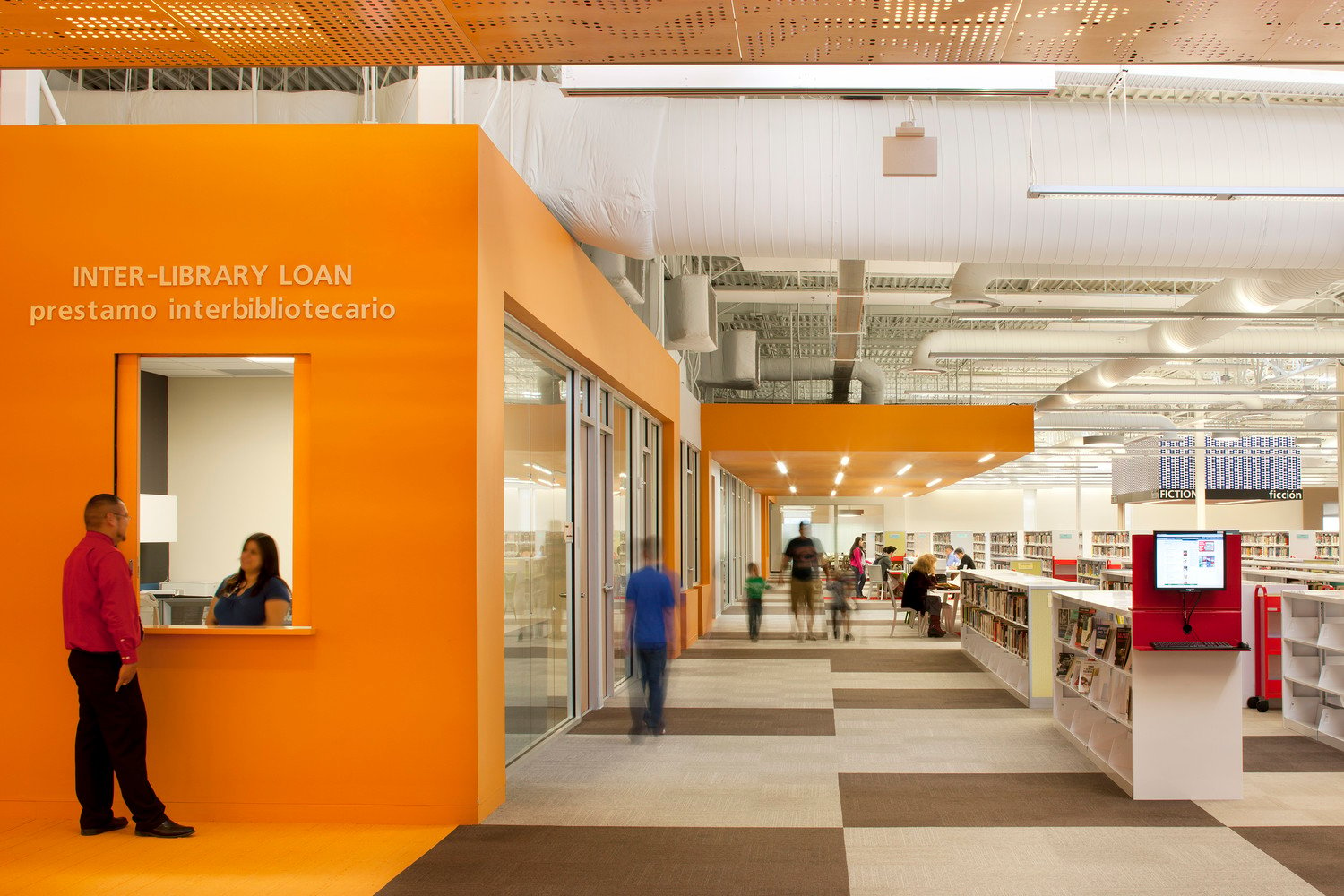
Above image: The McAllen Public Library, formerly a Wal-Mart. Source: Arch Daily
Buildings are more than just empty boxes that we live, work, and play in. They’re deep wells of human experience, the stages upon which many of the dramas of this shared life play out. Whether it’s to preserve in amber a specific moment in time or bottle up a vague feeling of nostalgia, the motivation to protect the unique historical buildings in our communities is strong. The path forward isn’t always clear, but there are boat loads of success stories all over the world about historic buildings being repurposed for everything from apartments to office space.
Pictured above: The Pyramid of Tirana. Source: Atlasobscura
One of the more eye-catching adaptive reuse projects centered on a historic building is the renovation of the Pyramid of Tirana in the capital city of Albania. This strange Brutalist pyramid was erected in1988 as a museum in honor of Enver Hoxha, a controversial Communist dictator who ruled Albania for 40 years. The museum was shuttered a few short years later and it has since fallen into disuse–except by local youth who regularly scrawl the pyramid with graffiti, climbing up and sliding haphazardly back down its walls. The building was slated for demolition several years ago but public outcry about its historical value saved it from destruction. In renovating the structure, Rotterdam based architecture firm MVRDV has taken care to preserve the structure’s climbability, as it appears that climbing and sliding down buildings has been a pastime for Tiranan teens since the fall of the Soviet Union. The renovation work will include refurbishing the concrete exterior, the introduction of modular interior compartments, and the opening up of a light-filled atrium in the pyramid’s center. No longer will the building be a brooding Stalinist monument. Instead, the rebirthed edifice will serve as home base for the non-profit organization TUMO Tirana, which, according to a writeup in The Architect’s Newspaper, will use the space as a “multifaceted creative technology learning hub and cultural center” to provide area youth with free education courses on a variety of subjects.
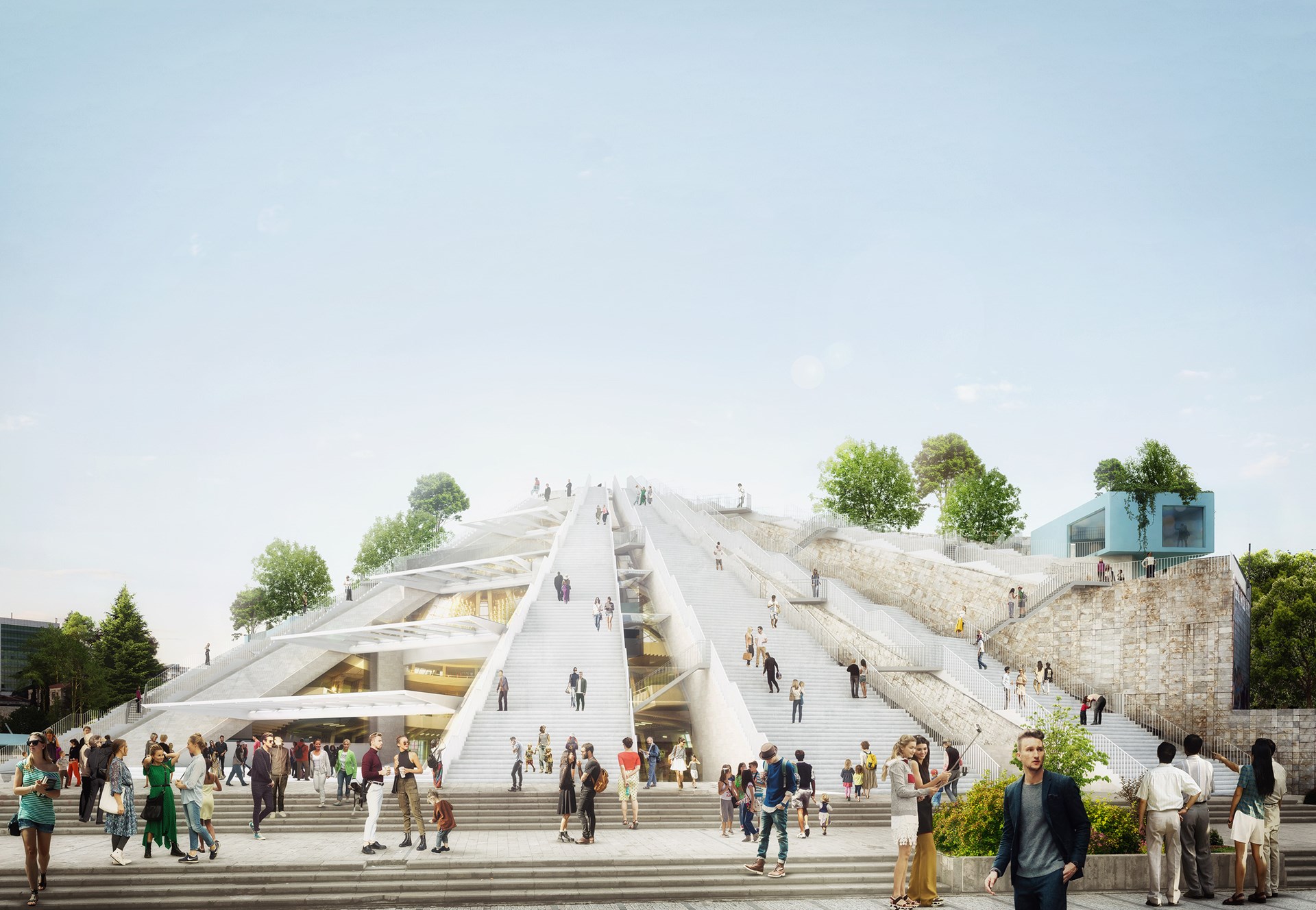
Pictured above: The MVRDV adaptive reuse concept for the Pyramid of Tirana. Source: MVRDV
It’s difficult to conceive of a future in the long shadow of climate change. One thing’s for sure: If we wish to avoid the most catastrophic versions of this planetary crisis, it’s crucial that the construction industry dramatically reduce its output of carbon and waste. At first glance, abandoned homes and vacant storefronts might seem only fit for the wrecking ball. But beneath the peeling paint and chipping masonry rest the bones of buildings that are calling out to live again. In addition to erecting new eco-friendly structures, embracing green renovations and adaptive reuse of older buildings on a large scale today would go a long way toward securing a more sustainable tomorrow. To get to where we need to be, we must all think more creatively and act less destructively toward not only the buildings, but everything else on this Earth that already exists.
Taking a sustainable construction approach is more critical now than ever, whether that’s new builds or adaptive reuse projects like we’ve discussed here. Disruptive solutions like MX FUEL™ help us curb hazardous emissions long associated with construction equipment.
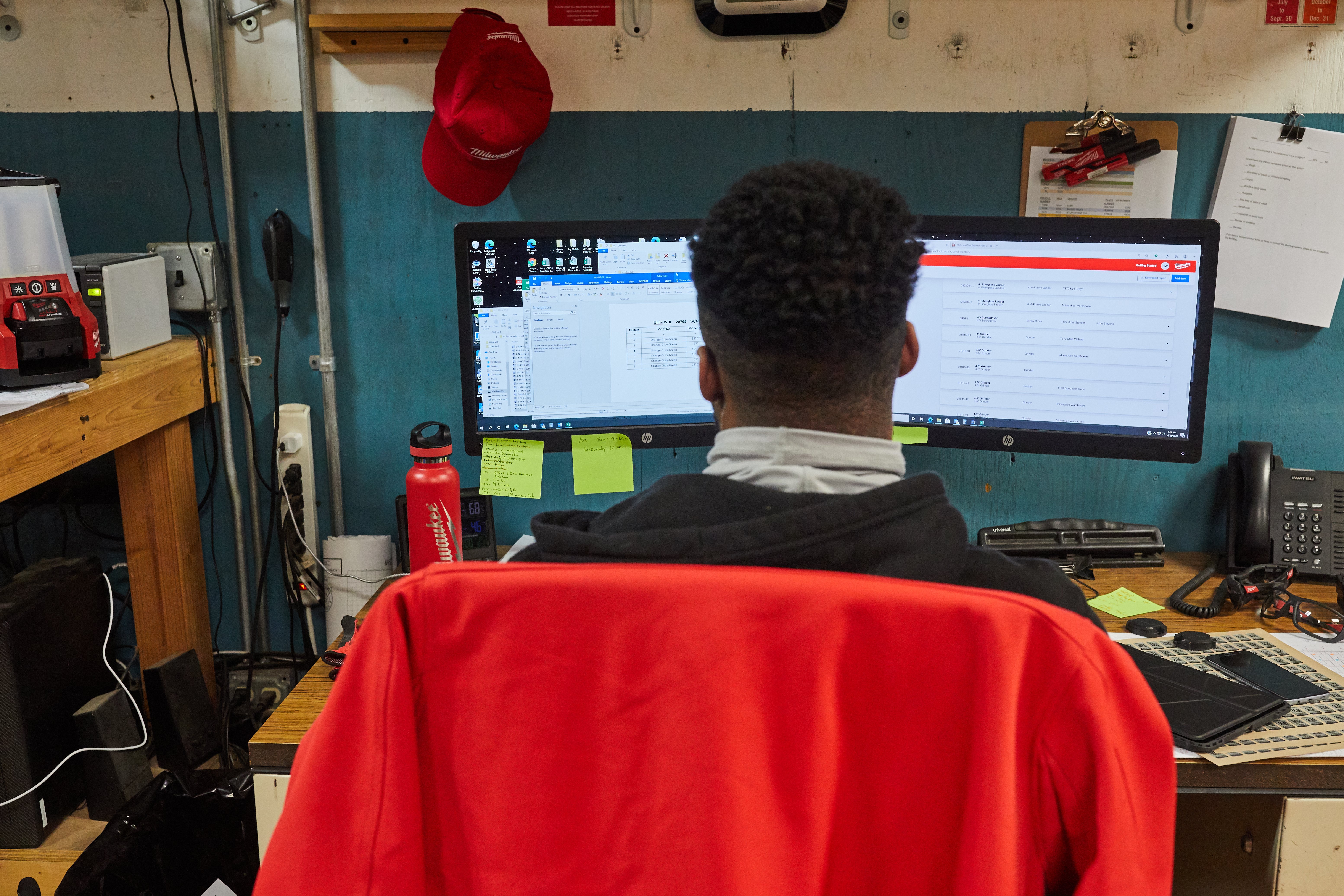
At Milwaukee® Tool, we build our products (and One-Key is no exception), with an eye toward disruptive innovation and providing professional tradespeople with new-to-world solutions that will help them be more productive and realize better efficiencies to get more work done safer.
A few examples:
As contractors and owners alike face a lot of challenges, digital solutions aim to solve the industry’s biggest problems, from reducing construction downtime to combating labor shortages.
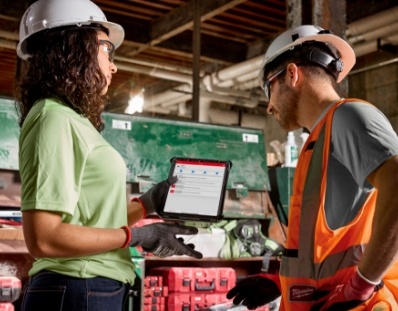
In this white paper, learn 5 advantages of digitizing your construction inventory in the cloud. Increase productivity, limit downtime, & more.
As construction technologists, we develop the One-Key inventory app precisely with these end user challenges in mind, and with the mission of delivering a “connected job.”
The connected job takes data management to the cloud, making software programs used by various teams more seamless and interoperable.
Cordless technology has afforded significant productivity gains in the form of “cutting the cord.” We want to take this a step further, not only optimizing for how much work you can get done, in any application, on a single battery, but also pulling utilization data and creating reporting opportunities to improve workflows; integrating with your ERP system, or your team’s project management solution or the design team’s BIM platform, to facilitate smoother ops and collaboration between a myriad of mission-critical disciplines.
Just as a battery-powered generator is better for the environment, providing on-demand power without pushing gas fumes into the air, digitized products and software solutions help contractors sustain themselves, and their teams, realizing new efficiencies and ways to do more, and become more agile, when the industry is more challenged than ever.

Sign up to receive ONE-KEY™ news and updates.
Editorial Note: This article was brought to you courtesy of Rose Morrison, managing editor of ...
Editorial Note: This article was brought to you courtesy of Rose Morrison, managing editor of ...
Editorial Note: This article was brought to you courtesy of Rose Morrison, managing editor of ...


